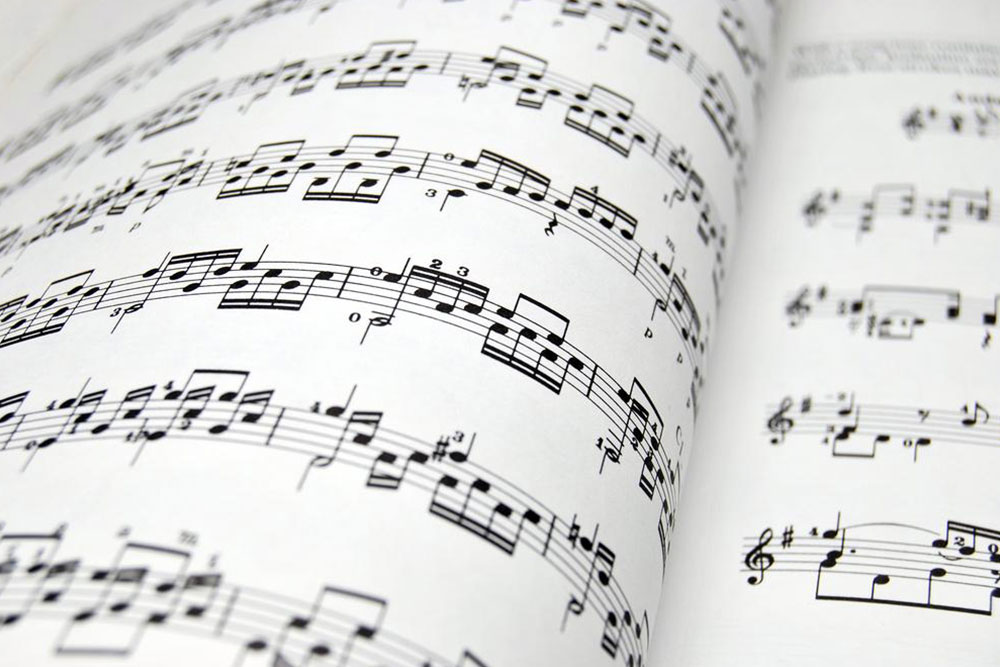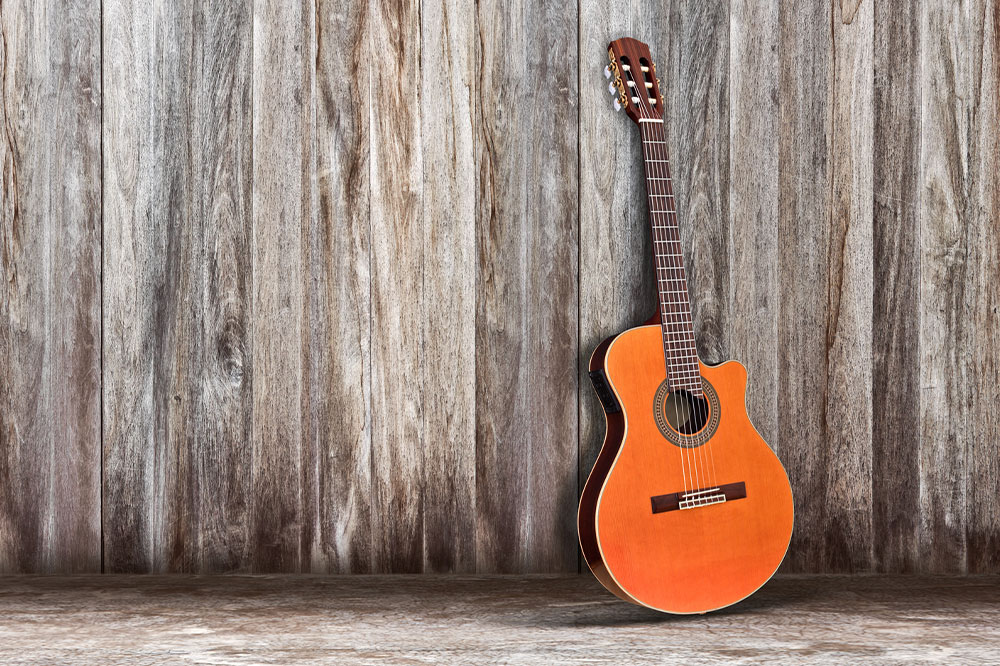Beginner-Friendly Musical Instruments to Kickstart Your Music Journey
Discover the top simple musical instruments perfect for beginners. From bongos and ukuleles to xylophones, triangles, and harmonicas, this comprehensive guide helps new learners select instruments that are easy to master. Whether you aim to develop rhythmic skills, explore melodies, or enjoy music as a hobby, these beginner-friendly choices provide an excellent starting point. With affordable prices, straightforward techniques, and engaging sounds, these instruments can ignite your passion for music and set you on a rewarding musical journey. Start exploring your musical potential today!

Beginner-Friendly Musical Instruments to Kickstart Your Music Journey
Embarking on a musical journey can be an incredibly fulfilling and enriching experience. Whether you're looking to develop a new hobby, express your creativity, or pursue a future in music, choosing the right instrument is crucial—especially for beginners. With numerous options available, it’s important to select instruments that are easy to learn, affordable, and capable of helping you build foundational skills. This guide introduces some of the most beginner-friendly musical instruments that can ignite your passion, enhance your musical understanding, and set you on a path toward musical proficiency.
Bongos
Though compact and modest in size, bongos are powerful percussion instruments that produce lively, rhythmic sounds. Originating from 19th-century Cuba, these drums have become popular worldwide due to their simple design and rhythmic versatility. They are excellent for beginners eager to get a feel for percussion instruments and develop a solid sense of timing and beat control. Playing bongos involves basic hand techniques that can be mastered quickly, making them an ideal entry point for aspiring drummers or anyone interested in rhythm-based music. Incorporating bongos into your practice can significantly boost your sense of timing, improve coordination, and provide a fun, interactive way to explore musical expression through percussion.
Learning to play bongos can be a fun and effective way to develop your rhythm skills and build confidence in your musical abilities.
Ukulele
The ukulele, whose name means "jumping flea" in Hawaiian, is a charming string instrument that is perfect for beginners who find guitars intimidating. Its small size, four nylon or gut strings, and simple chord structures make it highly accessible for new players. Originally from Portugal, the ukulele gained tremendous popularity in Hawaii during the 19th century and has since become a beloved instrument worldwide. The ukulele’s lightweight and affordable nature make it an excellent choice for learners of all ages. It is versatile enough to play a wide variety of musical genres, from traditional Hawaiian tunes to pop songs. Variations include soprano, concert, tenor, and baritone ukuleles, allowing players to select an option that best suits their physical comfort and musical preferences.
The ukulele’s simplicity allows beginners to quickly learn chords and strumming patterns, providing a sense of achievement early in their musical development. Its cheerful sound and ease of play inspire continued practice and creativity. Learning to play the ukulele can also serve as a gateway to understanding music theory, rhythm, and harmony.
Triangle
The triangle might seem straightforward due to its simple shape, but mastering it requires precision and control. Commonly used in classical orchestras, the triangle is a percussion instrument that produces a clear, ringing tone when struck correctly. Its minimal design demands careful timing; playing it precisely at the right moment enhances a piece’s rhythm and harmony. Beginners can master the basics easily, but developing a good sense of timing is essential to produce consistent, high-quality sound. The triangle is a perfect instrument for those interested in percussion, offering a straightforward entry point into classical and orchestral music.
Xylophone
The xylophone, arranged with wooden bars of varying lengths, produces melodic tones when struck with mallets. It originated in Southeast Asia and Africa and has established itself as a vital instrument within classical, jazz, and world music genres. The visual similarity to a keyboard makes it intuitive for beginners to understand the layout of musical notes. Learning to play the xylophone can develop a good ear for pitch, coordination, and rhythm. Its harmonious and captivating sound makes it a popular choice for music learners, educators, and performers. Over time, students can progress from simple scales to complex melodies, making it a rewarding instrument to master.
The xylophone’s forgiving learning curve means beginners can start playing recognizable tunes relatively quickly. Its appealing sound and engaging playing style foster continuous motivation and musical growth.
Harmonica
The harmonica, often referred to as a mouth organ, was invented in Europe during the 18th century and quickly became popular for its portability, affordability, and expressive potential. Compact enough to fit into a pocket, the harmonica requires no formal training to produce beautiful sounds, making it an ideal instrument for absolute beginners. Playing the harmonica involves simple breath control and tongue positioning, with many beginner-friendly songs and riffs available online. Its versatility spans genres from blues and folk to pop and classical. For those interested in developing their musical ear and exploring expressive playing techniques, the harmonica offers a rewarding starting point.
Starting with one of these easy-to-learn instruments can enrich your life, enhance your sense of rhythm and melody, and lead to a lifelong appreciation for music. Whether you prefer percussion, strings, or wind instruments, there’s an accessible option for everyone ready to begin their musical adventure.




